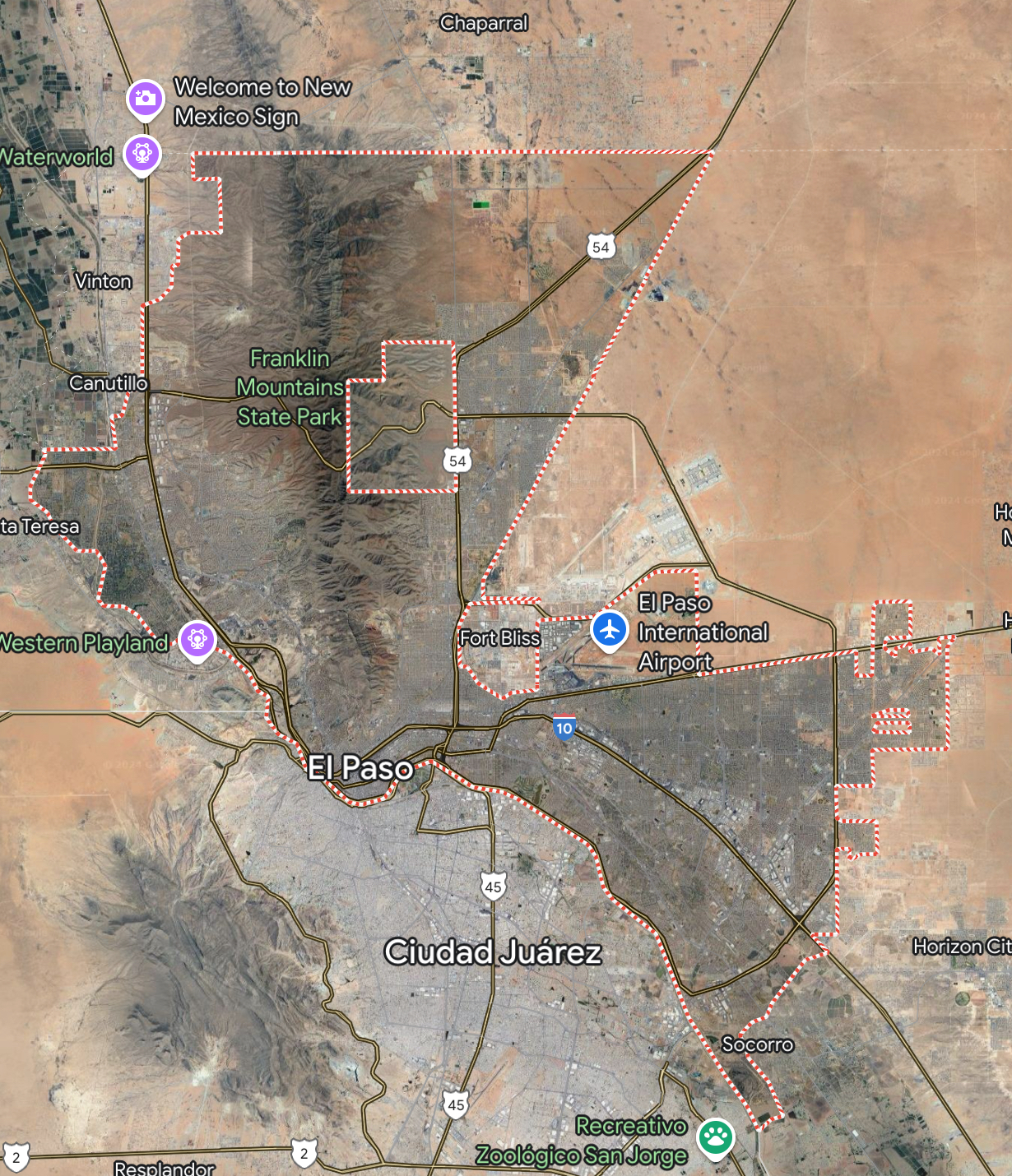Sign up for daily news updates from CleanTechnica on email. Or follow us on Google News!
A recent article at American Progress tells us about an often overlooked element of Project 2025. It’s not only bad in its own right to close up national monuments and un-protect federal lands, but there’s an even worse secondary effect that could hurt nature globally for decades to come.
Project What?
For those unfamiliar, Project 2025 is a plan for government that would make sweeping changes to remake the United States in the Heritage Foundation’s image. Trump denies involvement with the plan, but praised it in 2022, calling it a set of “plans for exactly what our movement will do.” Plus, regardless of what he says, the plan was made and is backed by tons of Trump associates who will push policy and politics during a second Trump administration.
In other words, to call it Trump’s plan might not be 100% accurate, but it’s not a stretch at all to say that it’s a plan the man would follow if he gets back into office. For this reason, it’s a good idea to take a good look at the plan both before voting and to prepare for what’s coming if the guy does win.
Federal Lands People Enjoy Would Lose Protections
In short, there are eight important national monuments that the Biden administration either created or restored that face being un-monumented by a second Trump administration. While there are likely more than eight monuments that would face this fate (partially or completely), the article discusses important places for closing the “nature gap” and making it easier for more people to enjoy nature. I’ll come back to that in a minute.
One of the monuments, Castner Range, sits in a pocket of federal land in the middle of El Paso, Texas. Unlike many cities, which grow out in all directions from an original urban core, El Paso couldn’t grow south or west, because everything on the other side of the Rio Grande lies in Mexico. Instead, El Paso grew along the U.S. side of the Rio Grande valley and grew up into the bottom of the Tularosa Basin between the rugged Franklin and Hueco Mountains.
Besides the geology of the area that made the mountains unsuitable for development, another thing that kept El Paso from growing into certain areas was Fort Bliss. It’s been around since the 19th century, but today, it’s one of the biggest military bases. As you can probably see on the map above, this forced El Paso to grow northeast in a narrow cone that widens as you approach the state line with New Mexico.
One area of Fort Bliss that didn’t get gobbled up by suburban development over the years was a pocket of land in the Franklin Mountains. It was a place where the U.S. Army would practice with tanks and artillery, causing tremendous boom sounds that would bother local ranchers. But, as the city grew, the range’s work had to be moved further north into New Mexico. Because a bunch of explosive shells had been fired for decades, the area was full of unexploded ordnance, and was generally too dangerous to visit.
Today, the Army (which still owns the land) is continuing the work of cleaning up the area and making it safe for recreation. Some portions have been opened up for mountain biking, hiking, and a couple of museums, but in the coming decades, the plan is to open up the rest of it for people to visit and enjoy.
One important reason that the areas has been designated as a national monument is that it protects the area from becoming yet another set of subdivisions. Just north of the monument lies North Hills, and there are certainly developers who would just love to put houses all the way up to the steepest rocks. So, even though much of it remains closed to the public for safety reasons, it already serves the important purpose of giving people living in El Paso some wild land that they can see just across the freeway and next to Loop 375.
If Trump were to order the army to sell the land off to developers, both sides of the Franklin Mountains would be covered with houses, and wild lands wouldn’t be available without driving a good ways into New Mexico.
The Compounding Tragedy This Would Create
While the loss of wild spaces is a tragedy in and of itself, it creates another problem that leads to further environmental tragedy.
Put simply, appreciation for nature doesn’t happen on its own. When people grow up in a place where they’re surrounded by suburban houses or urban highrises, that’s the world they know. So, when someone starts talking about protecting the environment, it can feel like an argument about some faraway country of which we know nothing. After all, the suburb has trees all over, the parks look nice, and cities have a certain kind of beauty all their own.
But, when people are exposed to wild lands, the faraway country becomes something we know about. Instead of playing the role of Neville Chamberlain in environmental policy debates, people who have seen nature know the value of protecting it. They know what would be lost instead of letting the issue be a hypothetical issue.
For this to happen, there have to be wild lands to visit. In the El Paso example, there are wild lands in New Mexico, but not everyone has the time or the money to go out and visit them. Even further out, there are three national parks and several national forests. But, none of these places are there in town for people to readily enjoy, and almost nobody living in El Paso is going to see some place like Guadalupe Mountains National Park every day.
If we see these lands erode, we signal to future generations that we don’t value them as much as we value things like subdivisions for the wealthy, fossil fuel production, and other competing uses. Add to it that there’s little opportunity to experience the value of such lands, and we will set the stage for even more wild lands to be sold to the highest bidders in the future.
Featured image by Staff Sgt. Jesse Anderla, First Armored Division. The use of DoD imagery does not imply endorsement.

Chip in a few dollars a month to help support independent cleantech coverage that helps to accelerate the cleantech revolution!
Have a tip for CleanTechnica? Want to advertise? Want to suggest a guest for our CleanTech Talk podcast? Contact us here.
CleanTechnica uses affiliate links. See our policy here.
CleanTechnica’s Comment Policy





_Logo_Color.jpg)